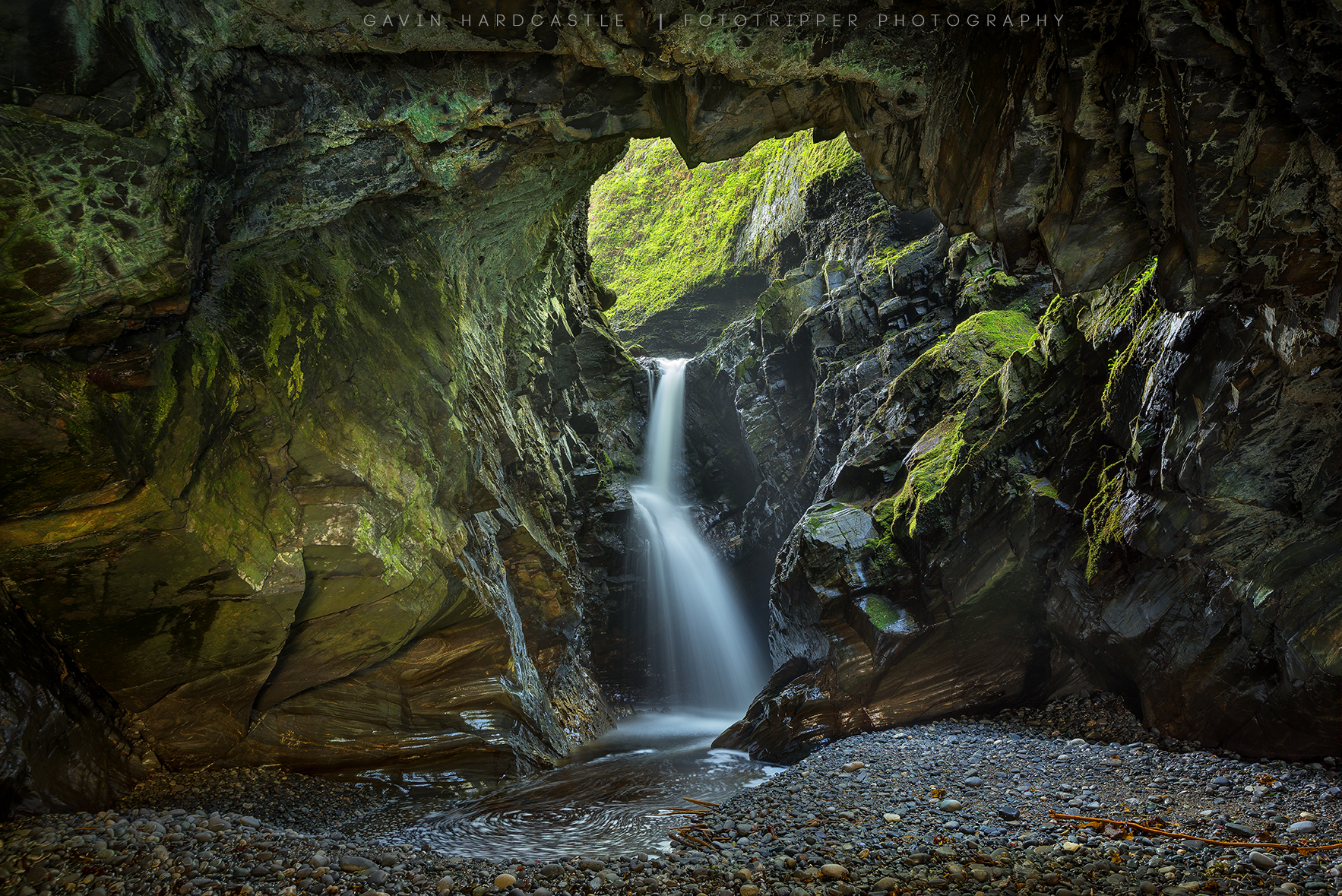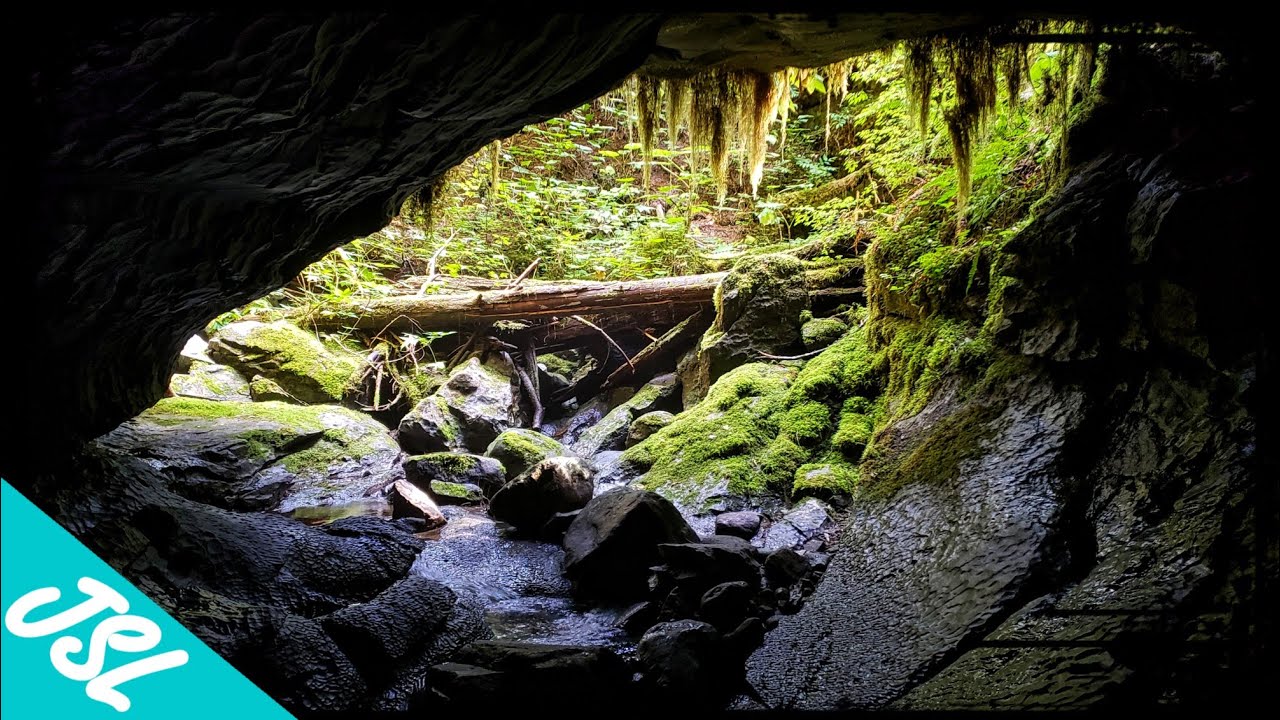Vancouver Island boasts an extensive network of caves, with more than 1,000 recorded to date. These subterranean wonders offer an exciting adventure for spelunkers and nature enthusiasts alike.
Nestled in the rugged landscape of Vancouver Island, the caves present a thrilling exploration opportunity, ranging from easily accessible to expert-level challenges. Visitors can marvel at limestone formations, underground streams, and ancient fossils. Guided tours in select caves such as Horne Lake Caves provide a safe and educational experience, revealing the geological history and delicate ecosystems thriving beneath the surface.
Whether you’re a seasoned caver or a curious traveler, Vancouver Island’s caves are a hidden trove of natural beauty waiting to be discovered. With careful preservation efforts in place, these geological treasures continue to captivate explorers and scientists from around the world.
Exploring Vancouver Island’s Hidden Depths
Vancouver Island beckons with its mysterious caves and subterranean beauty. These hidden gems offer a unique experience for adventure seekers and nature enthusiasts alike. Delving into the island’s underground, one can find a variety of stalactite-studded caverns and crystal-clear underground streams. Each cave presents a distinct story of the island’s past, showcasing millions of years of geological history. The limestone formations, rugged passages, and echoing chambers make for a spellbinding journey beneath the earth’s surface. Explorers of all levels can find a cave that matches their skill set and curiosity, ensuring an unforgettable adventure on Vancouver Island.

Credit: 604now.com
The Formation Of Vancouver Island’s Caves
The mystery of Vancouver Island’s caves lies beneath its karst landscapes. These are areas where dissolvable rocks like limestone form. Water plays a key role in shaping these underground wonders. Rainwater, mixed with carbon dioxide, becomes slightly acidic.
This acidic water seeps into the soil, slowly dissolving the rock. Over time, this process creates gaping voids and intricate tunnels. These spaces are the caves we explore today. The continuous flow of water carves out new passageways. This makes the caves ever-changing and unique. Fascinating formations like stalactites and stalagmites are clear evidence of water’s creative power.
Iconic Caves To Visit
Horne Lake Caves beckon to those with a love for exploration. These caverns offer guided tours for all skill levels, ensuring a safe and enlightening adventure. You’ll traverse through twisting passages and witness stalactites and stalagmites in their natural habitat. The caves are a testament to nature’s artistry, with crystal-clear underground pools and otherworldly rock formations. The park also provides educational programs to enrich visitors’ knowledge of cave ecosystems.
Upana Caves are renowned for their extensive network of natural passages. Visitors marvel at the geological wonders that unfold as they navigate the caves. These formations tell a story of thousands of years of geological activity. The self-guided trails cater to various experience levels, making them accessible to families and casual explorers. The beauty of Upana lies in its untouched wilderness, offering a unique glimpse into the earth’s depths.
The Ecosystem Within
Caves on Vancouver Island hide unique life forms called troglobites. These creatures have adapted to live in complete darkness. They rely on the cave’s stable conditions to survive. This environment is very fragile.
Changes from outside can harm these sensitive systems. It is crucial to protect these dark habitats to preserve their unique biodiversity. Many troglobites are not found anywhere else in the world. Their survival depends on the health of the cave ecosystems.
Cave Formations And Features
Vancouver Island’s caves boast remarkable stalactites and stalagmites. These calcium carbonate formations take centuries to form. Dripping water deposits minerals, creating these natural sculptures. With each drop, stalactites grow down from the cave ceiling. In contrast, stalagmites build up from the cave floor.
Subterranean rivers wind through the caves, leading to crystal clear pools. The interplay of water and rock carves out enchanting caverns. Visitors marvel at the serene beauty of these hidden waters. Their clarity reveals the depths below, often housing unique aquatic life.
Conservation Efforts For Cave Preservation
Caves in Vancouver Island are facing several threats. Human activities, such as pollution and unsustainable tourism, harm these natural wonders. Climatic changes also pose a risk, altering the cave’s delicate ecosystems. To combat these issues, conservationists are working tirelessly.
Efforts to protect the underground wilderness include strict access regulations and educational programs. These initiatives aim to inform visitors about the importance of cave preservation. Local communities are encouraged to participate in conservation activities, ensuring a united approach to protecting these environments.
Adventures And Tours Available
Guided tours for beginners offer a safe introduction to the world of caving. Teams learn about cave safety and beauty. All gear is provided, ensuring a worry-free adventure. Perfect for families and novice cavers.
Advanced expeditions for experienced cavers challenge even the most skilled adventurers. These tours include navigating complex cave systems and require good physical condition. Participants get to explore less-traveled paths and hidden chambers.

Credit: www.fototripper.com
Caving Safety And Preparedness
Exploring caves on Vancouver Island requires proper preparation to ensure safety. Essential gear includes a sturdy helmet, reliable headlamp, and backup light source. Durable gloves protect hands while sturdy boots provide necessary grip on slippery surfaces.
A good quality rope is crucial for navigating difficult passages. Carry enough food and water to last the trip and include a first-aid kit for emergencies. Always have a map and compass, even if you have a GPS device. Stay aware of the cave’s layout and mark your entry and exit points.
Risk management is key to a successful caving experience. Never cave alone and always inform someone about your plans. Be aware of weather conditions that may affect the cave’s environment. Understand your limits and do not attempt passages that seem beyond your skill level.
Caves In Indigenous Cultures
Caves on Vancouver Island hold deep connections to Indigenous cultures. These subterranean spaces are woven into the First Nations’ stories and traditions. Oral histories shared by elders speak of caves as sacred sites. They were places for spiritual ceremonies and vision quests. Legends often mention caves as gateways to the underworld or as homes to powerful beings.
Many caves have names and tales that have passed down through generations. They reflect the respect and reverence these locations command. Exploring these stories gives us a glimpse into a rich cultural tapestry. It underscores the importance of preserving such sites. Their historical and cultural value is immense. They offer insight into the lives and beliefs of the Indigenous peoples of Vancouver Island.

Credit: vancouverislandbucketlist.com
The Future Of Caving On Vancouver Island
The future of caving on Vancouver Island is bright with emerging technologies that promise to revolutionize the experience. New tools are aiding the next generation of cavers as they delve into the underground wonders.
3D mapping software allows for the creation of detailed cave models. This ensures safe and efficient exploration. Drones equipped with cameras venture into previously inaccessible areas, sending back valuable data.
Wearable technology, such as smart helmets, enhance navigational capabilities. They also improve communication with the surface. These advancements not only bolster safety but also deepen our understanding of subterranean ecosystems.
Frequently Asked Questions
Does Vancouver Island Have Caves?
Yes, Vancouver Island boasts numerous caves, with Horne Lake Caves Provincial Park being a notable destination for exploring underground caverns.
Can You Go To The Horne Lake Caves Without A Guide?
Yes, self-guided tours are available for the Main Cave at Horne Lake Caves, but access to other caves requires a guide.
How Do I Get To Gordon River Caves?
To visit Gordon River caves, travel to Tasmania’s West Coast, and take a tour from Strahan. Access is typically via boat or guided tour, ensuring a safe and informative journey.
Where Is The Thanksgiving Cave?
The Thanksgiving Cave is located in the Mammoth Cave National Park, Kentucky, USA. It is part of the world’s longest cave system.
Conclusion
Exploring the caves of Vancouver Island offers a unique adventure for both novice and experienced spelunkers. Each cave presents its own set of stunning formations and intriguing histories. Don’t miss the chance to witness these underground wonders firsthand. Plan your visit and prepare to be amazed by the island’s hidden landscapes.
